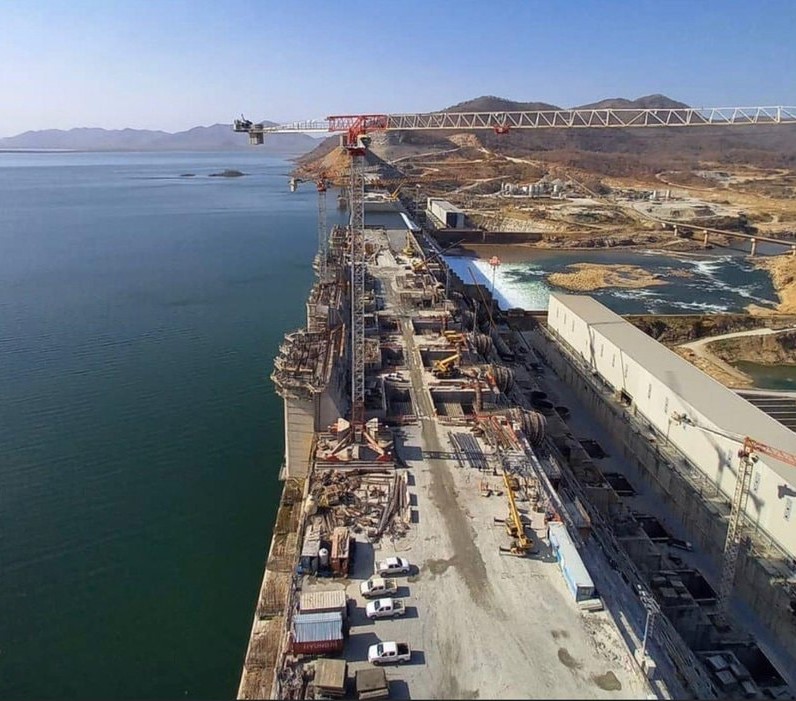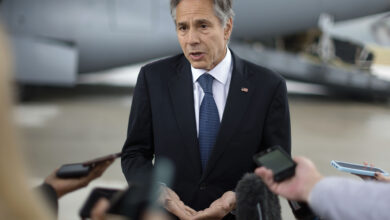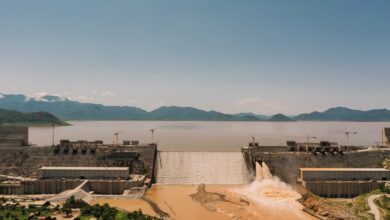The announcement of the construction of the Ethiopian Renaissance Dam 20 km from the Ethiopian-Sudanese border in April 2011 raised many concerns among ordinary people and decision-makers relating to the basic needs of citizens and the national security of Egypt.
Discussing the possible ramifications of the dam on Egypt, the leaders of both countries agreed to form two technical committees. The first was an international committee that worked from May 2012 until May 2013 and the second was a tripartite committee that started working in September 2014 to implement the recommendations of the first committee.
Some may wonder about the importance of these committees if Ethiopia is proceeding with the project anyway.
It was indeed important to form those committees in order to determine the technical aspects of the project and link the outcome of the studies to what is being implemented on the ground. For so far, the dimensions and specifications of the dam, its effects and how to counter those effects have not been agreed upon.
This is the purpose of the studies that are planned in the coming six months.
As everyone knows, there have been a number of visits to the dam site during the work of the first committee (The International Committee of Experts). The construction was slow then due to the fact that the preparation of the site takes time.
But since the start of the tripartite committee in September, there have been news in the media that the dam reached an advanced stage whereby it started to store water and generate electricity.
And so, Egypt’s concerns were relayed to the Ethiopian minister of water resources at the fourth ministerial meeting that was held in Khartoum in August 2014.
When the minister invited his Egyptian and Sudanese counterparts to visit the dam site on the sidelines of the first meeting of the tripartite committee, the political leadership approved a visit by a group of experts to assess the dam construction stages.
Together with the water resources ministers of Sudan and Ethiopia, as well as a group of experts, I visited the site on the second day of the tripartite committee’s work. I was not there in my political capacity as a minister but rather in my capacity as an expert in this field, being a university professor and an engineering consultant.
We took a small plane from Addis Ababa airport to the dam site in a journey that lasted nearly two hours. From the plane, we noticed the difficult geographical nature of that tropic plateau, with its many mountains and forests, and with the rivers that fill the Blue Nile, which in its turn fills the Nile with 60 percent of its water. The whole scenery was green due to the heavy rain.
And the closer we came to the dam site, we noticed there were rocks that would make it difficult to irrigate any land around the dam after its completion.
We saw the construction of the right and left sides of the main dam. It is 145 meters high from the foundation and 1,800 meters long. Its lake storage capacity is 74 billion cubic meters and its electricity generation capacity is 6,000 megawatts.
We also saw the second dam, which is 50 meters high and 5 km long, which is why the storage capacity is raised from 14 billion cubic meters to 74 billion cubic meters.
And we saw the quality control labs and the mixing and crushing process that is carried out by the Italian Salini company.
We noticed a delay in the workflow, as the dam was planned to start filling water and generating electricity in September 2014. There was no water stored and the power stations were still in their early stages.
This means that only 15-20 percent of the main dam construction was achieved, to be completed for the opening of the first phase in September 2015. Also, work at the second dam was behind schedule.
This allows room for negotiation over the dimensions and specifications of the dam, which is very important for Egypt because studies indicate that the current dimensions may have adverse ramifications.
The International Advisory Bureau assigned by the tripartite committee is conducting more studies in this regard.
The visit produced three messages:
The first is from Egypt to Ethiopia, whereby we say that we are not against development or power generation that aim to improve the economic situation of Ethiopia as long as this does not affect the water that flows to the downstream countries.
The second pertains to the confidence among the three parties that was felt during the meetings of the committees instead of the suspicion and mistrust of the past.
The third is a message from me to the Egyptian people, whereby I tell them that the dam did not begin storing water as was claimed by the media and that the first storing phase of 14 billion cubic meters, which Egypt approves, would not be completed before a year and a half, by which time the studies of the consultant in the coming the six months would be completed to take into account in the following stages of construction.
God save Egypt and its people.
Hossam Moghazy is currently serving as Egypt's irrigation minister.
Edited translation from Al-Masry Al-Youm
*Correction: Hossam's Moghazy's last name was corrected from 'Hegazy'.



